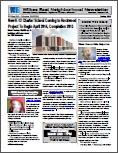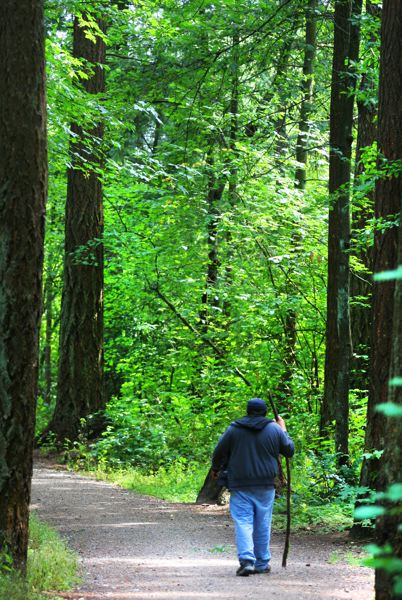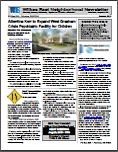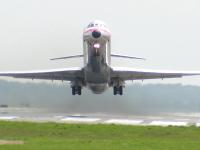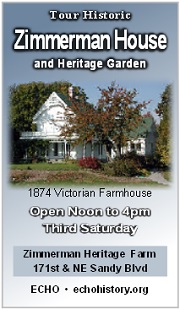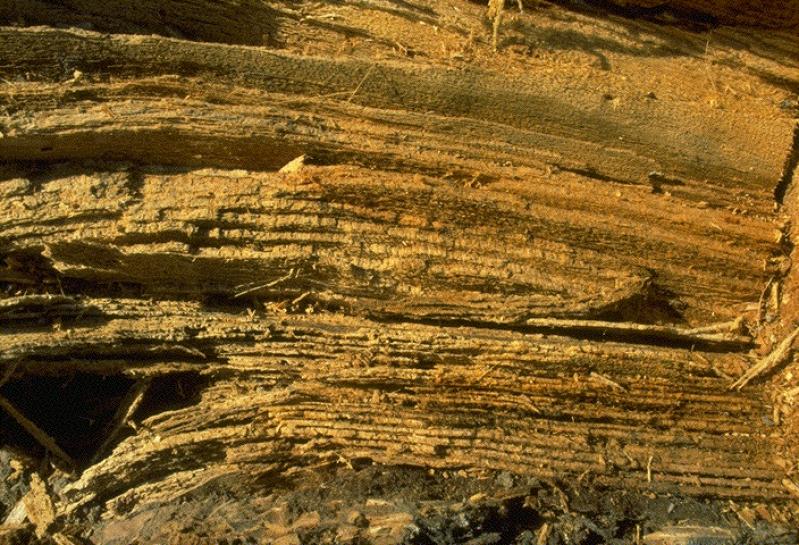
Laminated Root Rot. Click to enlarge
|
| |
Laminated Root Rot and Nadaka Nature Park
Abel Gebrezgi and Jim Labbe
Audubon Society of Portland
|
INTRODUCTION
Laminated root rot (LRR) is a fungal pathogen, Phellinus weirii, also known as yellowing ring rot. (LLR gets its name from the lamination of the decayed wood (see photo above). This fungus is widespread in Southern British Columbia, Washington, Oregon, northern California and western Montana.). It is one of the most damaging root diseases amongst conifers, especially firs and cedars, in the Pacific Northwest. Douglas fir, Mountain hemlock, Western hemlock, Grand fir, and Pacific silver fir are highly susceptible to infection by this pathogen. Pine species like Western white pine and Ponderosa pine and larch are more resistant to it while hardwoods are immune. The fungus was first discovered in 1914, on Western red cedar in Idaho. The first reported case in Douglas fir was in 1940, at Cowichan Lake, British Columbia.
|
BIOLOGY
The mycelium of LRR doesn’t grow in the soil and the spores do not spread by wind like most fungal pathogens. Infection occurs when roots of healthy trees grow in contact with infected roots.
|
|

Click to enlarge
|
After initial contact with a living root, the mycelium grows on the bark, extending only a few inches into the surrounding soil. The mycelium penetrates the host through the injured bark and advances along newly infected roots. Symptoms include crown yellowing and thinning, distress of cones, red-brown staining of outer heartwood, and separation of annual rings. Less discernible is the root rot which eventually decays the roots, destabilizes the tree, and leads to death and toppling. In addition to the loss of mature trees within a stand, LRR creates potential hazards from tree fall especially in small urban parks. The number of cases of the LRR disease has increased substantially with the presence of fire suppression and resulting dominance of Douglas-fir and Grand fir.


